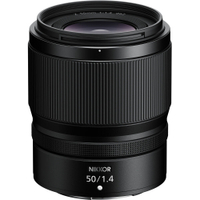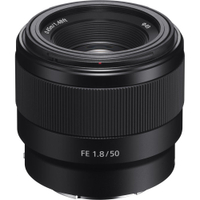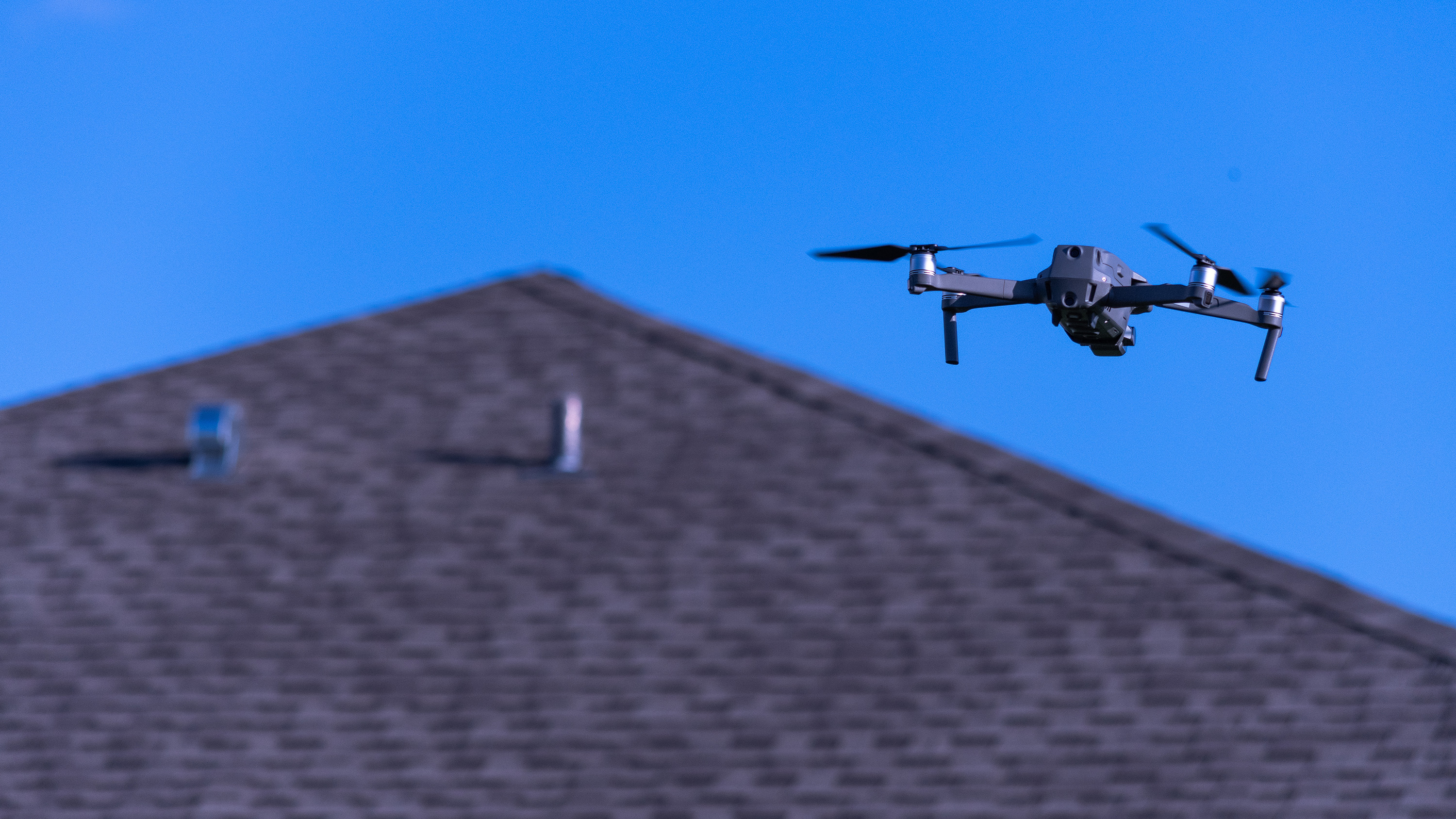Digital Camera World Verdict
The Viltrox AF 50mm f/2 Air is a third of an f/stop slower than an f/1.8 prime but still a full f/stop faster than an f/2.8 ‘trinity’ standard zoom. I like the lens’s sharpness and all-round performance, and that it’s so compact, lightweight and affordable. It’s designed to be simple to use, so handling is basic but that doesn’t put me off.
Pros
- +
Compact and lightweight
- +
Sharp image quality
- +
Virtually silent autofocus
- +
Great value for money
Cons
- -
Limited mount options
- -
Not weather-sealed
- -
No AF/MF focus mode switch
- -
No aperture control ring
Why you can trust Digital Camera World
I have to confess to a bit of a Viltrox habit. I bought a Nikon Z fc a while ago and wanted some like-minded prime lenses to go with it, which looked and felt the part. I settled on the Viltrox 13mm, 23mm, 33mm and 56mm f/1.4 primes, which are available for APS-C format Fujifilm X, Nikon Z and Sony Alpha mirrorless cameras. They all have a full metal build and aperture control rings, which suit the Z fc’s handling. The newer Air series of lenses from Viltrox retain metal mounting plates but have plastic barrels, slower aperture ratings and don’t have aperture rings, making them as compact and lightweight as possible. I’ve already reviewed the APS-C format AF 25mm f/1.7 Air, AF 35mm F1.7 Air and AF 56mm F1.7 Air, and the full-frame compatible AF 20mm F2.8 Air and AF 40mm F2.5 Air. The new AF 50mm f/2 Air is the currently the latest in the line-up, aiming to be among the most cost-effective lenses for the best Nikon Z and best Sony E-mount mirrorless cameras.
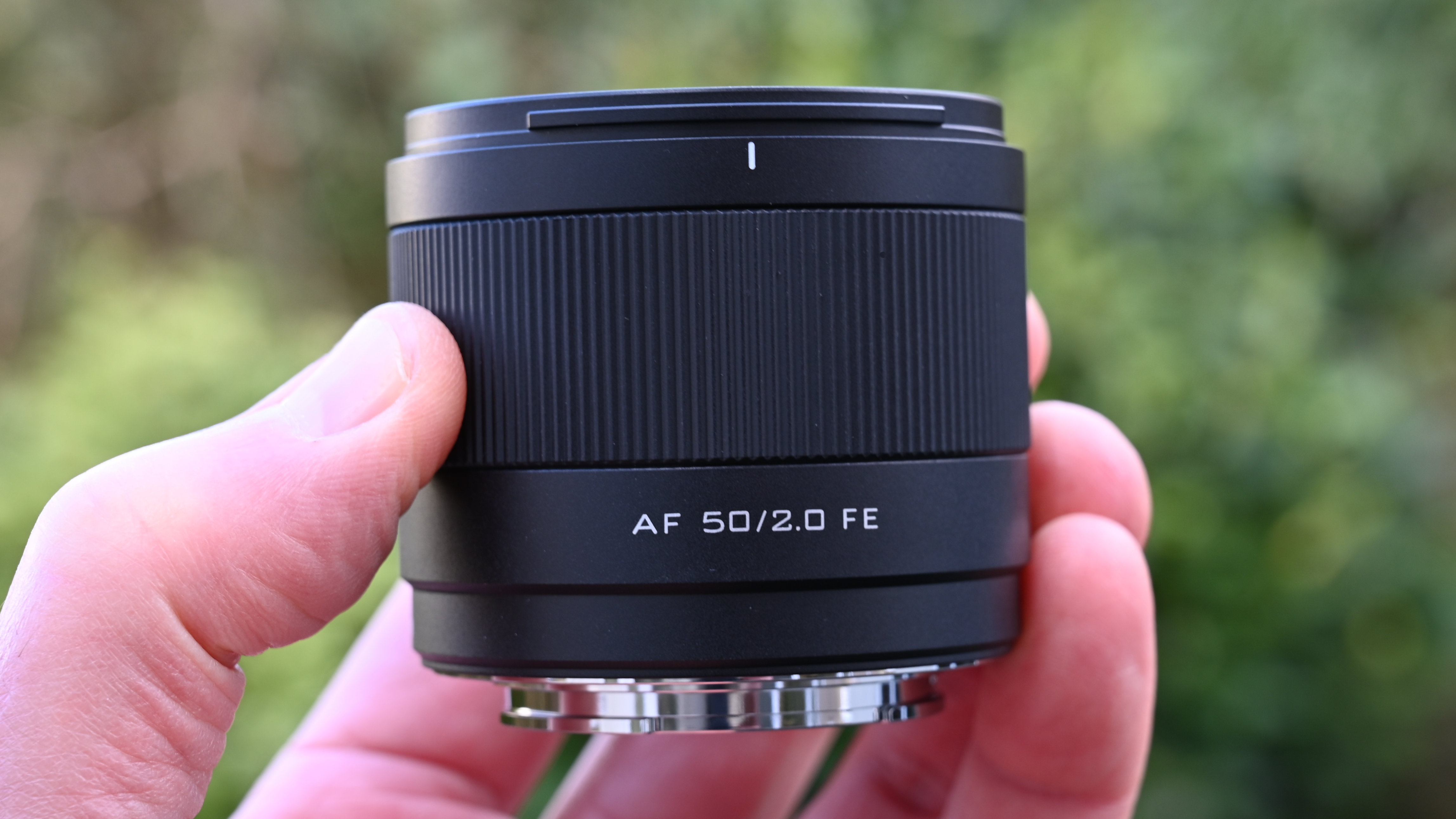
Viltrox AF 50mm f/2 Air: Specifications
Mount options | Nikon Z (FX), Sony E (FE) |
Lens construction | 13 elements in 9 groups |
Angle of view | 47.4 degrees |
Diaphragm blades | 9 |
Minimum aperture | f/16 |
Minimum focus distance | 0.51m |
Maximum magnification | 0.11x |
Filter size | 58mm |
Dimensions | 65x57mm / 2.6x2.2" |
Weight | 205g / 7.2oz |
Viltrox AF 50mm f/2 Air: Price
Even though it’s a full-frame compatible lens, the AF 50mm f/2 Air sets out to undercut the price of faster f/1.4 APS-C format lenses in the Viltrox line-up. While writing this review, I noticed that Viltrox had reduced the price of its metal-bodied Viltrox AF 23mm F1.4 Z, Viltrox AF 33mm F1.4 Z, and Viltrox AF 56mm F1.4 Z to $239 / £185 / AU$377 each, whereas the slightly larger Viltrox AF 13mm F1.4 Z has always been pricier at $486 / £377 / AU$767. So far, most Viltrox Air lenses for both APS-C and full-frame cameras are even more affordable, costing around $179 / £139 / AU$282 each. The AF 50mm f/2 Air launched with a suggested price of $199 / £190 / AU$289, potentially making it great value for money.
Viltrox AF 50mm f/2 Air: Design & Handling
For the record, I’ve already been impressed with the Viltrox AF 40mm F2.5 Air, when I reviewed the Nikon Z-mount version. That one looks and feels very similar to the own-brand Nikon Z 40mm f/2 lens, although the Nikon lens has a plastic rather than metal mounting plate. While both of these lenses offer a compromise between traditional 35mm wide-angle and 50mm standard prime lenses, the newer AF 50mm f/2 has an entirely conventional, standard perspective.
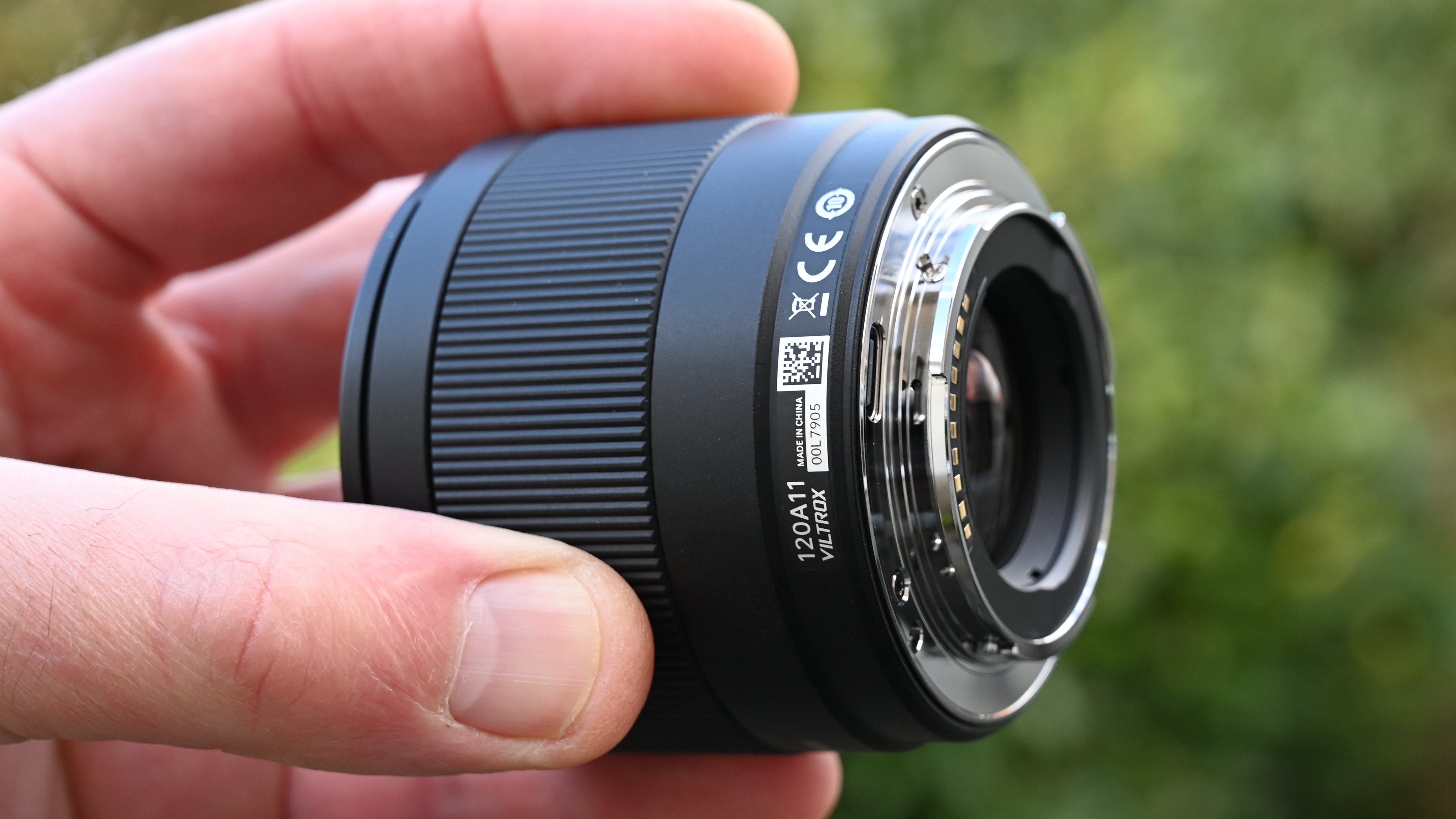
As well as having a longer focal length than the Viltrox 40mm lens, the 50mm also has an f/2 aperture rating that’s two-thirds of a stop faster. Even so, both lenses are virtually the same size and weight, the 50mm measuring just 65x57mm (2.2 inches long) and weighing 205g (7.2 ounces). For a lens with a metal mounting plate, it really does feel amazingly lightweight – Air by name, Air by nature.
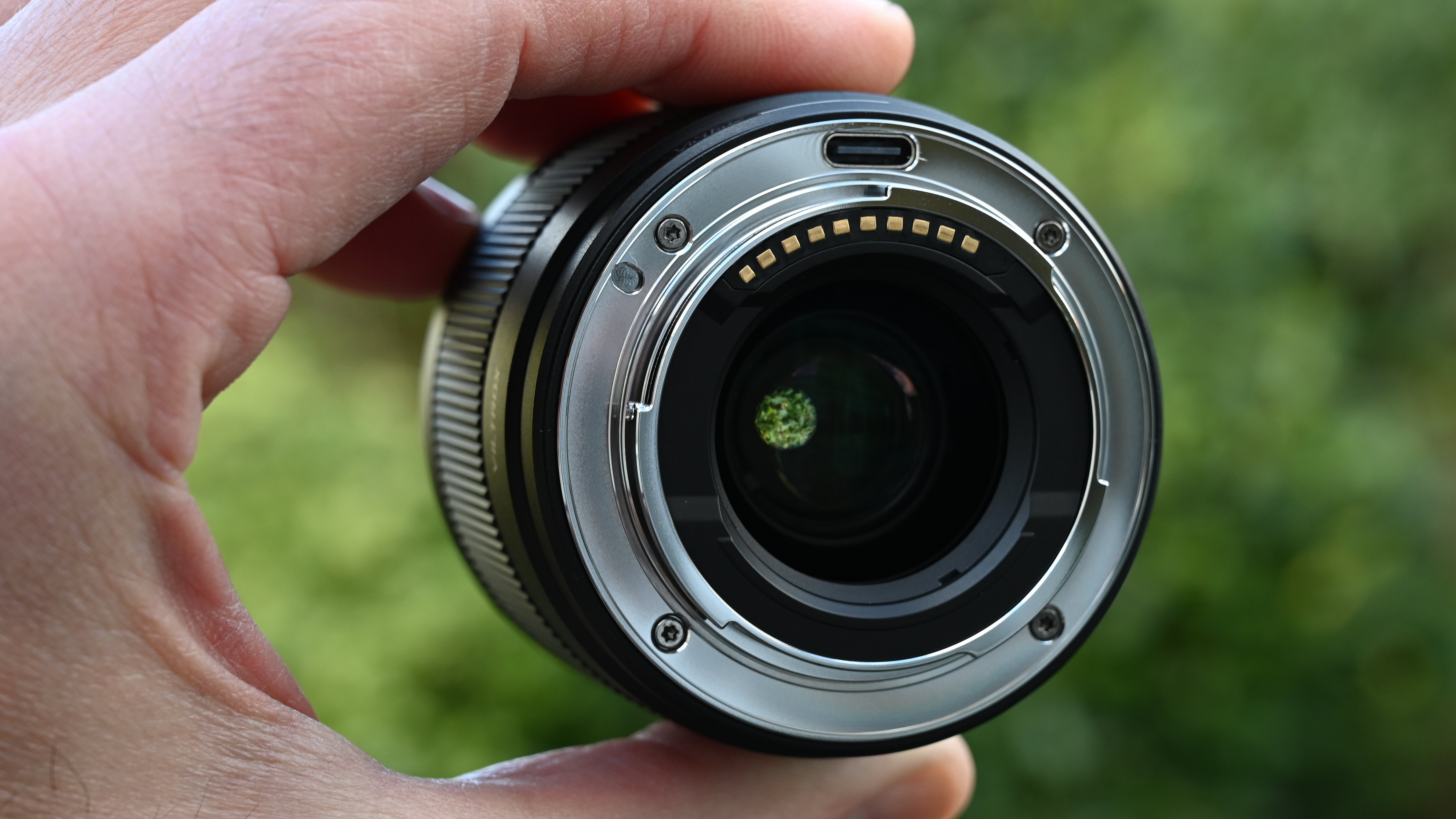
Physical differences between the Viltrox 50mm and 40mm Air lenses include a larger filter thread for the 50mm lens, at 58mm instead of 52mm. The 50mm lens also has a 9-blade aperture diaphragm, whereas the 40mm only has 7 blades. This makes the aperture more well-rounded in the 50mm prime when stopping down from the widest f/2 setting.
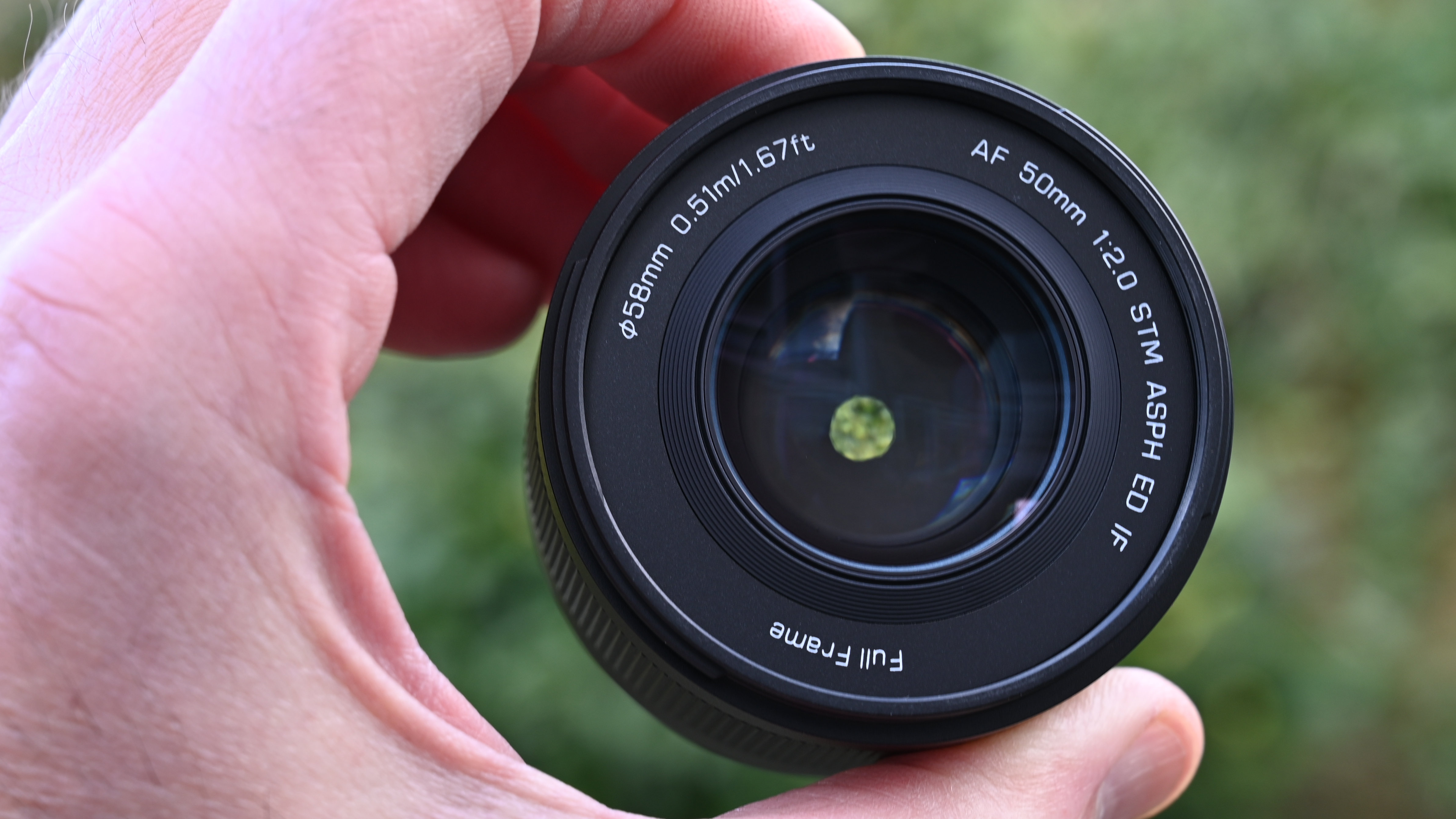
The 50mm lens’s optical design is more complex, based on 13 elements in 9 groups, compared with 10 elements in 6 groups for the 40mm lens. And despite the bargain basement price tag, the 50mm features no less than 3 ED (Extra-low Dispersion) elements and four HRI (High Refractive Index) elements in its optical path.
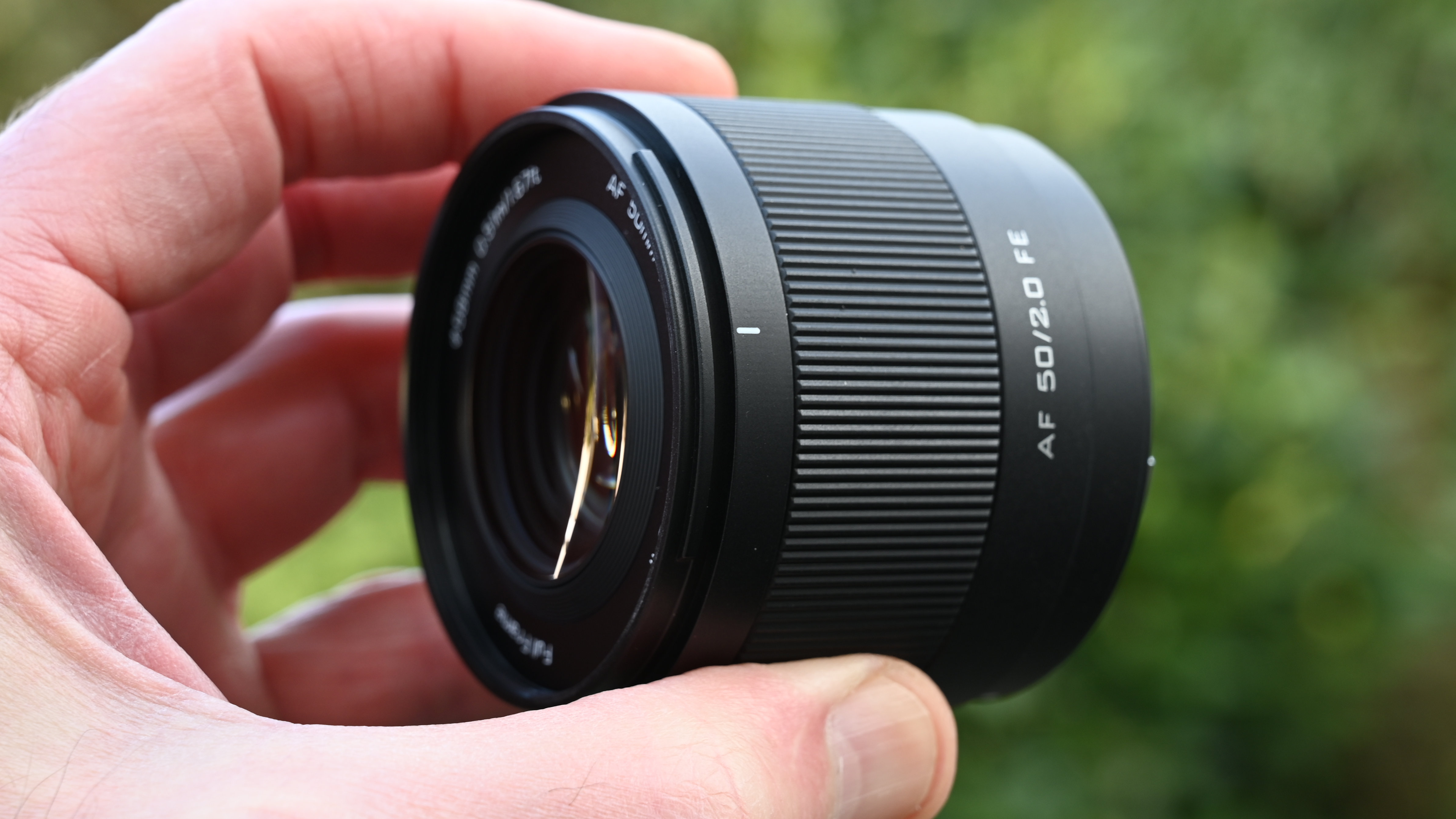
One thing I’m not entirely keen on with my Viltrox f/1.4 lenses is that the metal barrels feel cold to the touch in chilly weather. The plastic barrel of the 50mm Air lens is a little more comfortable in this respect. Handling benefits from a fairly large manual focus ring which can be assigned to other functions when in autofocus mode, in addition to the usual option of manual focus override. In other respects, handling is relatively basic. There’s no AF/MF focus mode switch, forcing you to delve into camera menus to make the change. And unlike the f/1.4 lenses, there’s no de-clicked aperture control ring, which can be a bonus when shooting video.
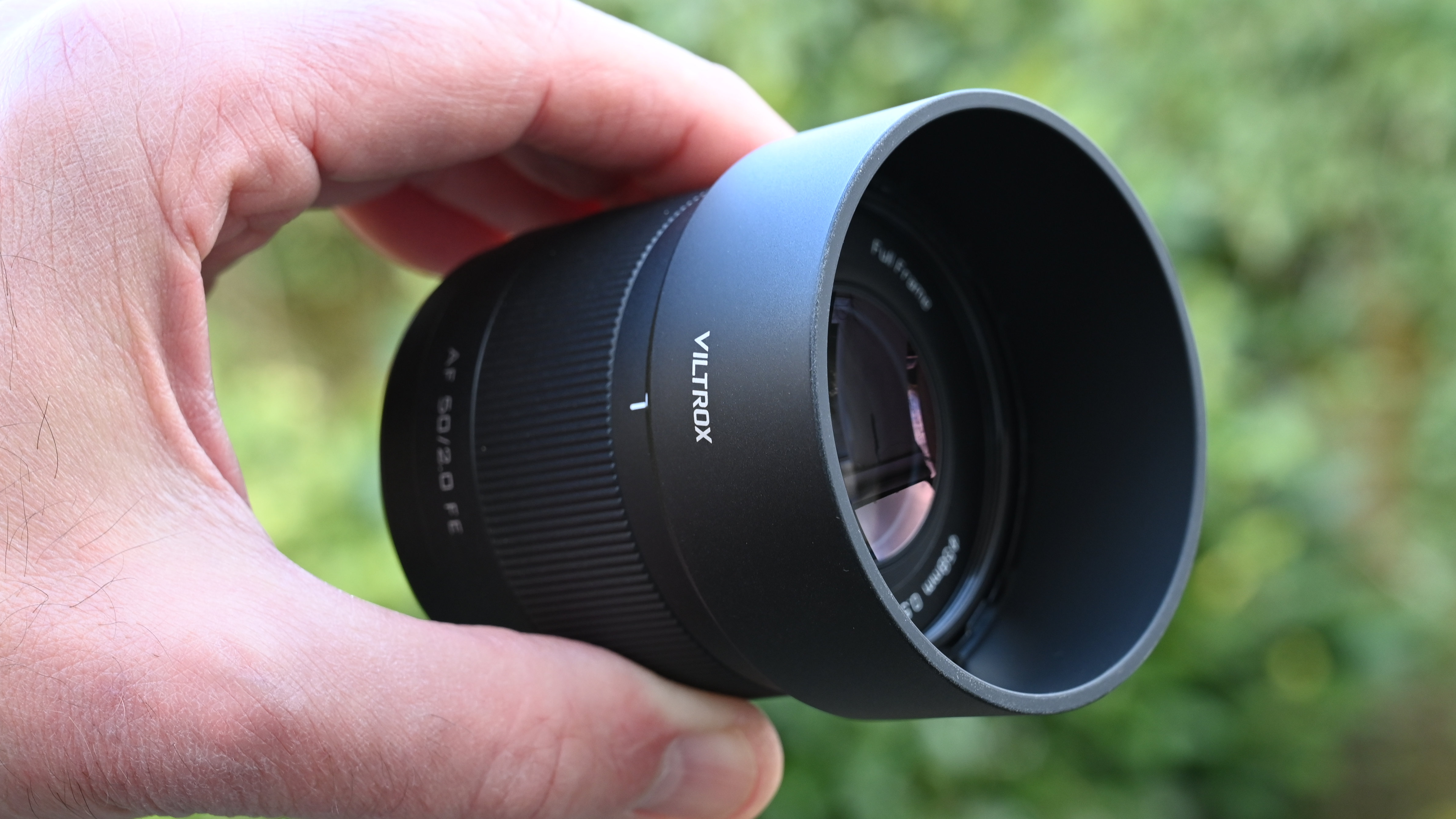
The lens comes complete with a circular profile bayonet-fit hood. It feels a good-quality item and a worthwhile addition, especially as the hoods for many budget lenses from own-brand camera manufacturers (including the Nikon Z 40mm) are sold separately as ‘optional’ extras. A soft carrying pouch also comes in the box.
Viltrox AF 50mm f/2 Air: Performance
The 50mm focal length is naturally covered off by a standard zoom lens, which most of us buy as part of a kit with a camera body. So why do you need a 50mm prime lens as well? The answer is generally that the faster aperture rating enables a tighter depth of field, ideal for isolating the main subject in a composition by blurring the background. The f/2 aperture rating of this lens is significantly faster than that of most ‘kit’ standard zooms, which often shrinks to around f/4 or f/5.6 around the 50mm mark, and gives a much tighter depth of field accordingly. Pop the lens on an APS-C format Nikon or Sony camera and you get an ‘effective’ 75mm focal length, which is ideal for portraiture, in a wonderfully compact and lightweight package that fits right in with slimline crop-sensor mirrorless cameras.

A relatively fast aperture isn’t of much interest to me if levels of sharpness drop like a stone at wide aperture settings. I’m impressed that this Viltrox lens delivers excellent sharpness across the whole image frame, even when shooting wide-open at f/2. Stop down a little to between f/4 and f/8, and sharpness becomes pretty epic right out at the extreme edges and corners of the image frame.

The quality of bokeh is arguably every bit as important as sharpness when using a ‘fast’ lens. I found that when shooting wide-open at f/2, defocused areas within images tended to look a wee bit fussy but still pretty smooth. ‘Bokeh disks’ caused by defocused pinpricks of light and bright spots can look slightly glitchy but the Viltrox does well in this respect for such an inexpensive lens. Bokeh disks also remain fairly well rounded when stopping down a little, thanks to the 9-blade aperture diaphragm.

Helping with sharpness in practical terms, I found that the stepping motor autofocus system was not only consistently accurate, but also quick and virtually silent, throughout all of my testing in various indoor and outdoor lighting conditions.

Control over color fringing is very good, both for lateral chromatic aberration even out at the edges and corners of the frame, and for axial chromatic aberration or ‘bokeh fringing’ at wide apertures. Similarly, there’s only negligible distortion even when uncorrected in-camera, which I certainly can’t say about many lenses designed for mirrorless cameras these days. All in all, performance is amazingly good for such a budget-friendly lens.
Viltrox AF 50mm f/2 Air: Sample Images
The following gallery of sample shots were taken in bright sunny conditions (and in the shadows) at the Bristol Floating Harbour in the UK. I used a variety of subject matter and aperture settings to demonstrate the sharpness of the lens, as well as the quality of its bokeh.







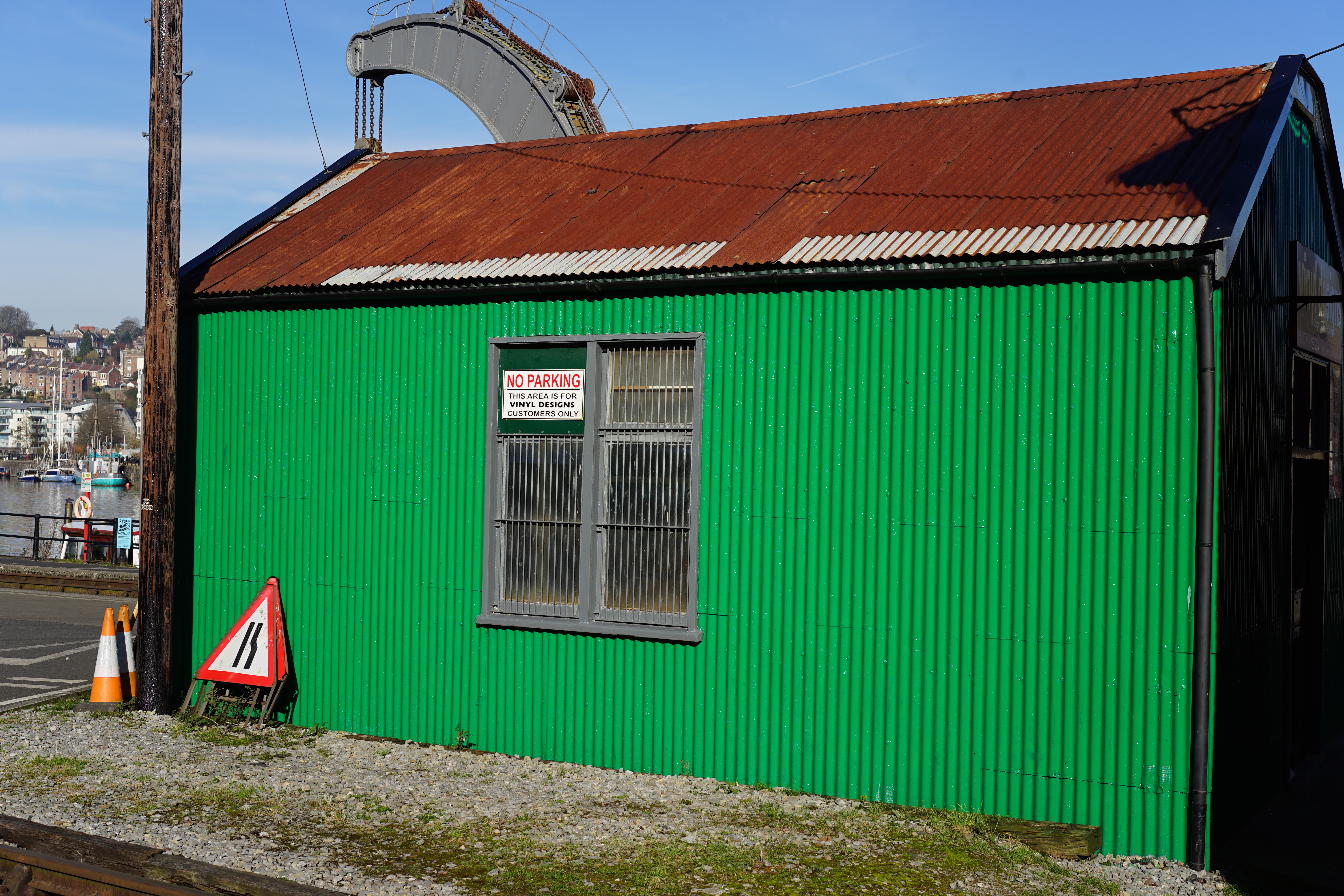



Viltrox AF 50mm f/2 Air: Lab Results
We run a range of lab tests under controlled conditions, using the Imatest Master testing suite. Photos of test charts are taken across the range of apertures and zooms (where available), then analyzed for sharpness, distortion and chromatic aberrations.
We use Imatest SFR (spatial frequency response) charts and analysis software to plot lens resolution at the center of the image frame, corners and mid-point distances, across the range of aperture settings and, with zoom lenses, at four different focal lengths. The tests also measure distortion and color fringing (chromatic aberration).
Sharpness:
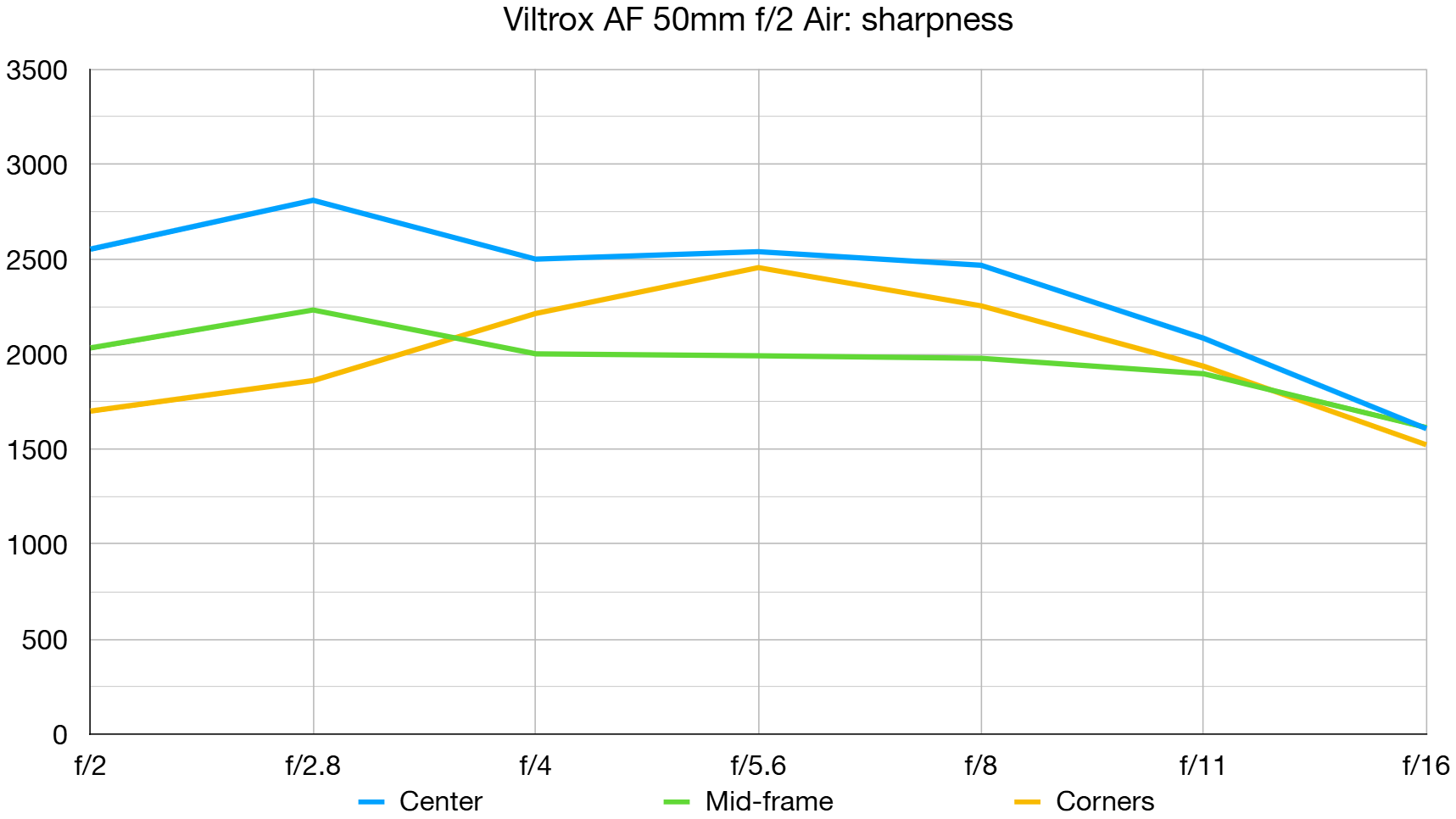
Center-sharpness is superb even wide-open at f/2, and remains pretty consistent throughout most of the aperture range. Edge/corner-sharpness might look like it drops off disappointingly at wide apertures but, in practice, it’s actually very good at f/2 and absolutely excellent at medium aperture settings.
Fringing:
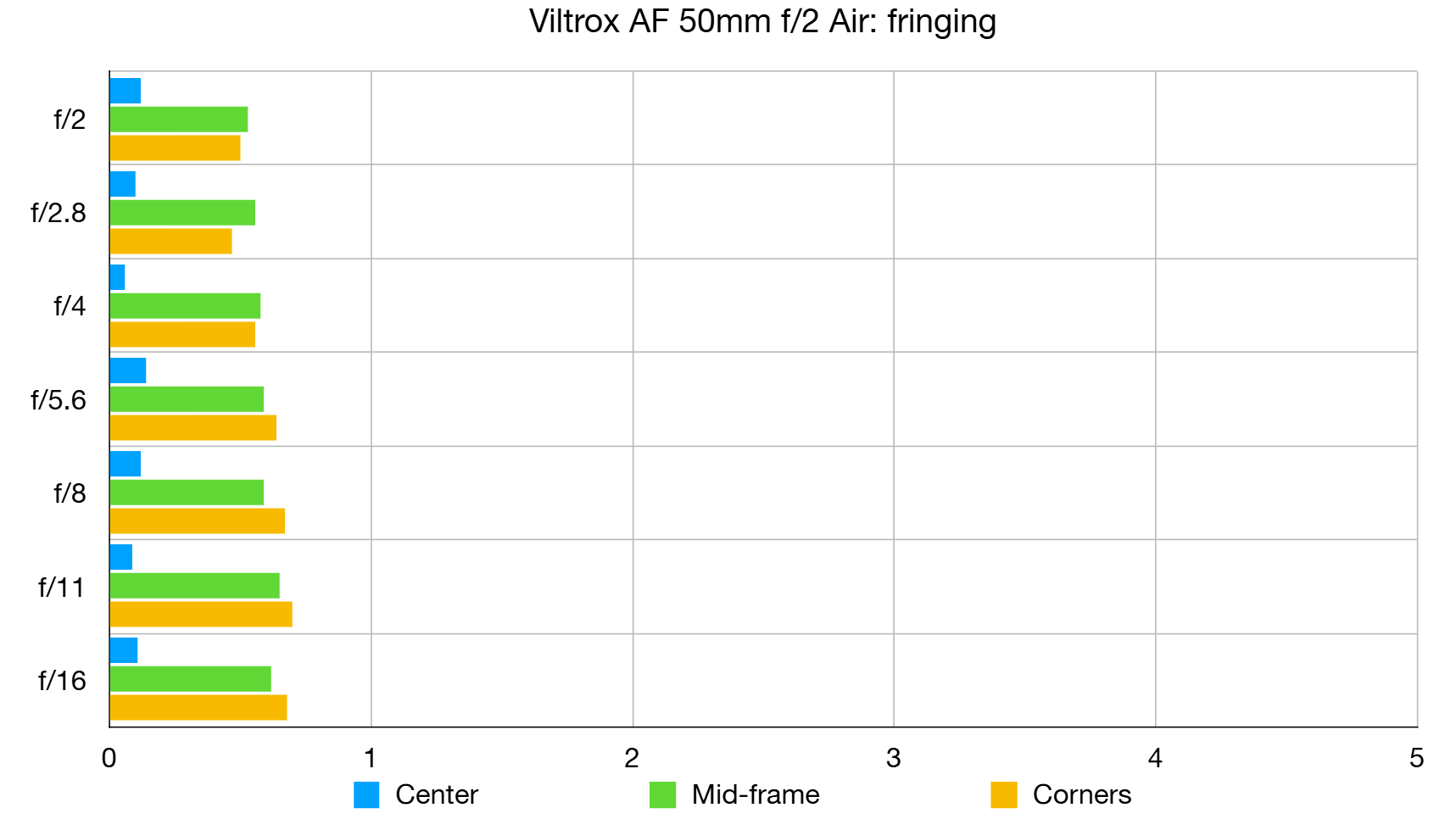
There’s very little lateral chromatic aberration throughout the entire aperture range, even at the extreme edges and corners of the image frame. Axial chromatic aberration or ‘bokeh fringing’ is also very minimal.
Distortion: 0.4
Technically, there’s a slight touch of pincushion distortion but it’s generally impossible to spot in most real-world shooting scenarios. As with color fringing, automatic in-camera corrections are available for distortion if you feel the need.
Viltrox AF 50mm f/2 Air: Verdict
I need a good reason to splash out on a new lens. The Viltrox AF 50mm f/2 Air is hard to resist. It combines excellent image quality and all-round performance with a refreshingly compact and lightweight build, at an incredibly budget-friendly price. All in all, it’s a really smart little lens that’s incredible value for money. I also found that it works equally well as a standard prime on full-frame Nikon and Sony cameras, and as a ‘portrait prime’ with an effective 75mm focal length on APS-C format cameras. Bokeh could be a little smoother but it looks very appealing nonetheless. Ultimately, this Viltrox lens is a great buy for all sorts of reasons.
Features | There’s some up-market glass at the top of the features list, and quick stepping motor autofocus. | ★★★★ |
Design | There’s no AF/MF focus mode switch nor an aperture control ring, but the lens is designed to be compact and simple to use. | ★★★★ |
Performance | Sharpness and clarity are excellent and there’s negligible color fringing and distortion, but bokeh could be a little smoother. | ★★★★ |
Value | The image quality and all-round performance of this lens make it exceptional value for money at the price. | ★★★★★ |
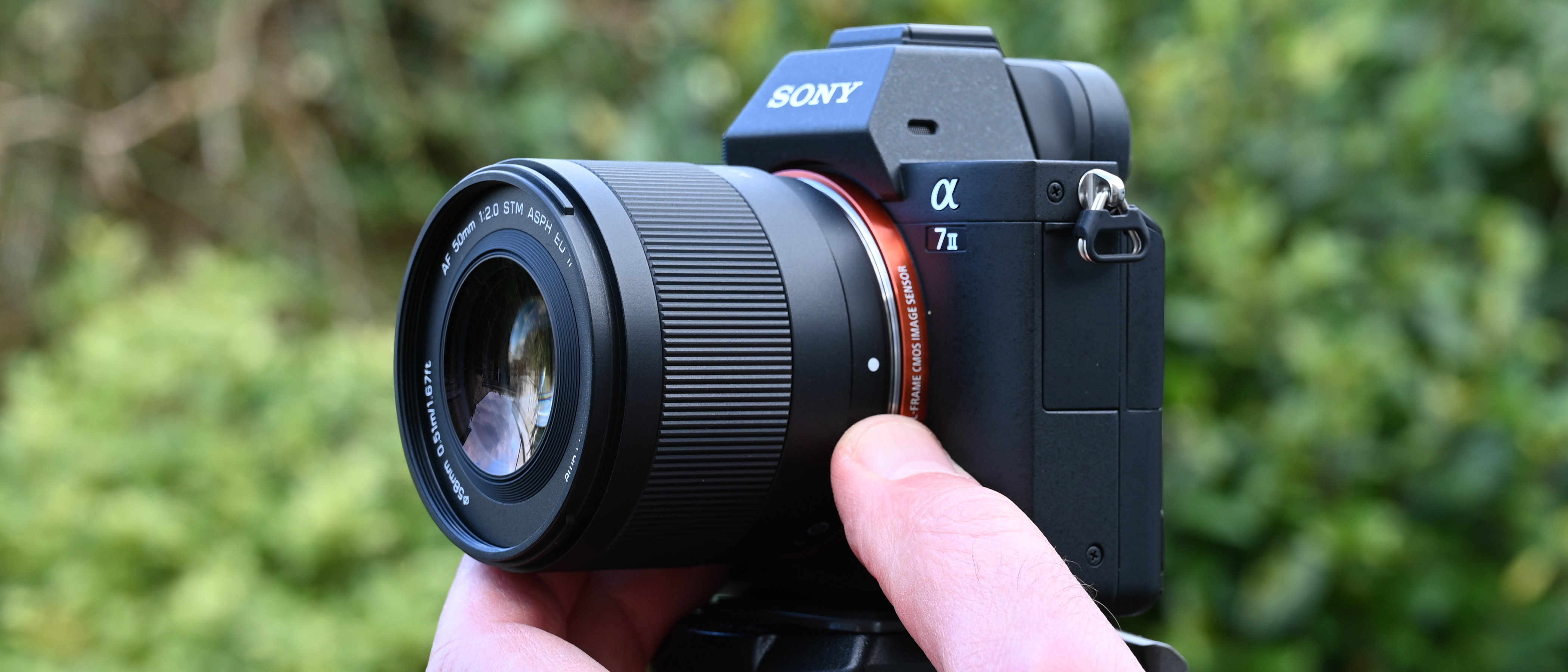
Alternatives
The Nikon Z 50mm f/1.4 is relatively expensive but still cheaper to buy than the company’s 50mm f/1.8 S-line lens, at around $497 / £499 / AU$929. With its f/1.4 aperture rating, the Nikon is a full f/stop faster than the Viltrox f/2 Air lens.
The Sony FE 50mm f/1.8 is similarly inexpensive compared with the Viltrox lens, selling for around $198 / £159 / AU$362. However, while the Sony lens is one-third of an f/stop faster than the Viltrox, it’s a relatively old design with a basic and clearly audible autofocus system.
Matthew Richards is a photographer and journalist who has spent years using and reviewing all manner of photo gear. He is Digital Camera World's principal lens reviewer – and has tested more primes and zooms than most people have had hot dinners!
His expertise with equipment doesn’t end there, though. He is also an encyclopedia when it comes to all manner of cameras, camera holsters and bags, flashguns, tripods and heads, printers, papers and inks, and just about anything imaging-related.
In an earlier life he was a broadcast engineer at the BBC, as well as a former editor of PC Guide.
You must confirm your public display name before commenting
Please logout and then login again, you will then be prompted to enter your display name.

